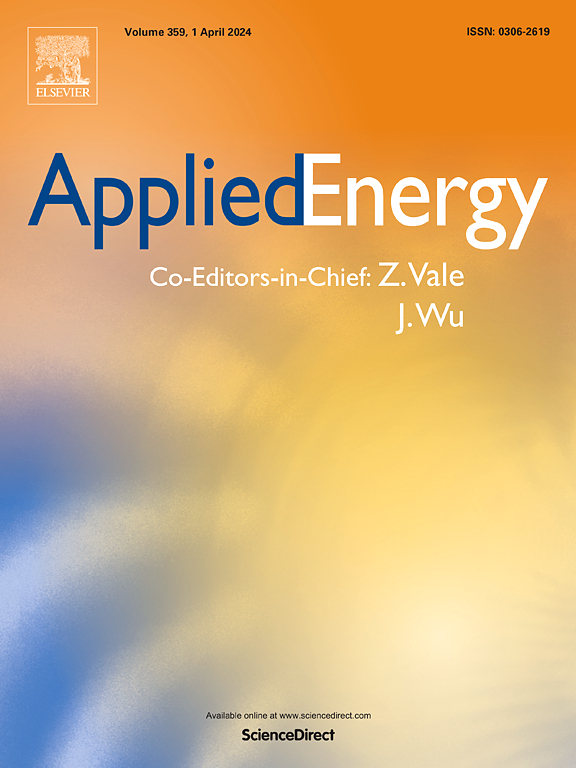Thermal comparison of floating bifacial and monofacial photovoltaic modules considering two laying configurations
IF 10.1
1区 工程技术
Q1 ENERGY & FUELS
引用次数: 0
Abstract
The overall performance of PV modules is significantly affected by the design configuration, especially the bifacial module technology over the conventional monofacial ones. In land-based PV installation, the configuration of the PV array is usually subject to the area available. However, for the floating PV system (FPV), the area doesn't constrain the installation design. The presence of a water surface has a key impact on the operating status of the FPV module; nevertheless, installing the module in different configurations as landscape or portrait, can effectively influence the thermal behaviour of the module and thus the overall performance. Hence, this paper aims to analyse experimentally the performance of the FPV system installed in landscape configuration (L-FPV) and portrait configuration (P-FPV). Additionally, for a deeper evaluation, both bifacial and monofacial modules are investigated under the different mentioned configurations. The experimental setup consists of two sets of orientations, each having a typical rated power of different module technologies (monofacial/bifacial) available in “Enel Innovation Lab” in Catania (Italy). Measurements of seven months have been investigated for performance evaluation. The outcomes of this research revealed that for the same module technology, landscape configuration has a lower temperature compared to portrait configuration by around 1 for the bifacial modules and 1.71 for the monofacial modules. This led to a favorable daily array yield improvement by 3 % for the bifacial technology and 2.8 % for the monofacial one. Furthermore, thermal modeling is performed through coefficients optimization of thermal models for different module technologies and layouts for floating systems.
求助全文
约1分钟内获得全文
求助全文
来源期刊

Applied Energy
工程技术-工程:化工
CiteScore
21.20
自引率
10.70%
发文量
1830
审稿时长
41 days
期刊介绍:
Applied Energy serves as a platform for sharing innovations, research, development, and demonstrations in energy conversion, conservation, and sustainable energy systems. The journal covers topics such as optimal energy resource use, environmental pollutant mitigation, and energy process analysis. It welcomes original papers, review articles, technical notes, and letters to the editor. Authors are encouraged to submit manuscripts that bridge the gap between research, development, and implementation. The journal addresses a wide spectrum of topics, including fossil and renewable energy technologies, energy economics, and environmental impacts. Applied Energy also explores modeling and forecasting, conservation strategies, and the social and economic implications of energy policies, including climate change mitigation. It is complemented by the open-access journal Advances in Applied Energy.
 求助内容:
求助内容: 应助结果提醒方式:
应助结果提醒方式:


